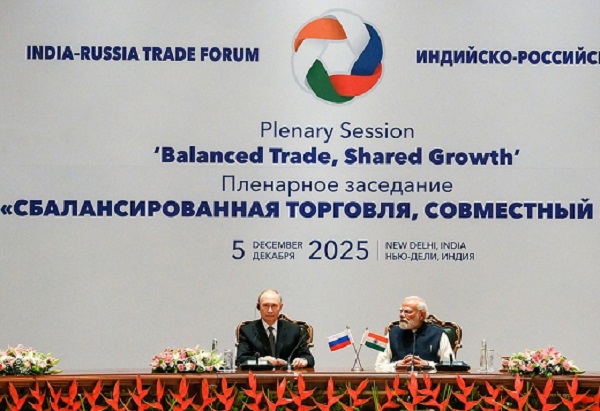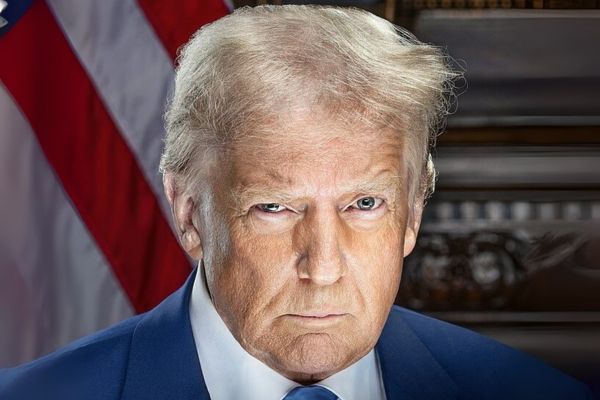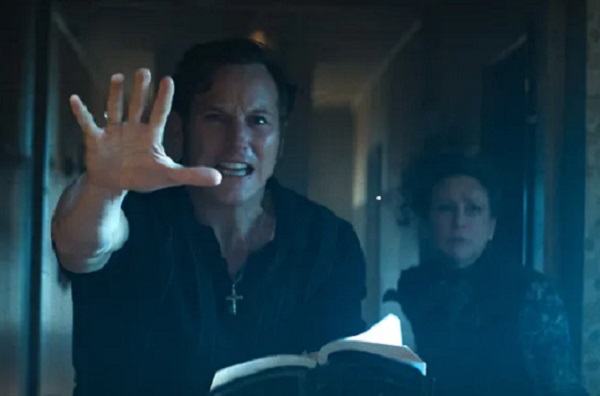.png)
As Bihar Turns Into a Battleground, Swing Voters Could Rewrite the Map
With Bihar set to vote in two phases on November 6 and 11, a survey reveals shifting loyalties, restless youth, and why 70 swing seats could decide Patna’s fate.
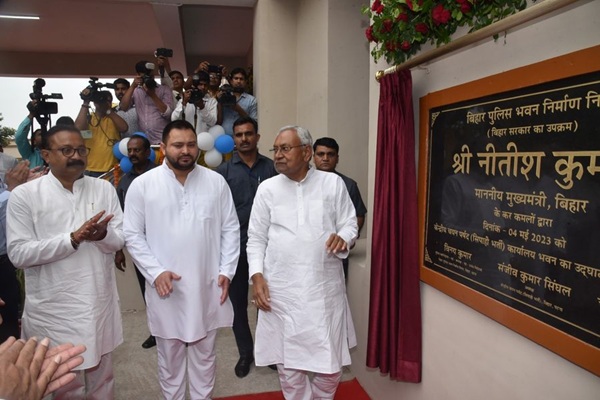
October 6, 2025 at 12:18 PM IST
Bihar’s politics has long been painted as a clash of fortresses; the NDA holding tight to its rural bastions, the MGB entrenched in its minority-heavy belts. But as the state heads into the 2025 polls, the familiar lines of loyalty are beginning to blur. Beneath the surface of these strongholds lies a restless undercurrent: the swing voter.
That undercurrent now has a date with destiny. The Election Commission has announced that Bihar will vote in two phases — November 6 and November 11 — with counting on November 14. Over 74 million voters, including 1.4 million first-timers, will decide who takes Patna’s keys when the curtain falls on November 22.
When asked about their political leanings, a striking number of respondents admitted they were open to shifting sides. This volatility turns more than 70 constituencies into high-stakes battlegrounds; seats that could tip the balance of power in Patna.
This analysis is built on the latest Vote Vibe survey, conducted across Bihar in the run-up to the 2025 elections. The survey reached voters in all nine regions of the state, asking them about their political choices, concerns, and expectations from the next government.
And with the EC’s announcement setting the countdown clock ticking, the survey offers a timely snapshot of how Bihar’s mood looks before campaign caravans begin to roll across its 243 constituencies.
The responses, broken down by gender and age groups, reveal how Bihar’s electorate is thinking as the state heads into a crucial election.
1. Family Feud: The Lalu Factor
Question asked: “How do you view the ongoing dispute within Lalu Prasad Yadav’s family?”
What Voters Said:
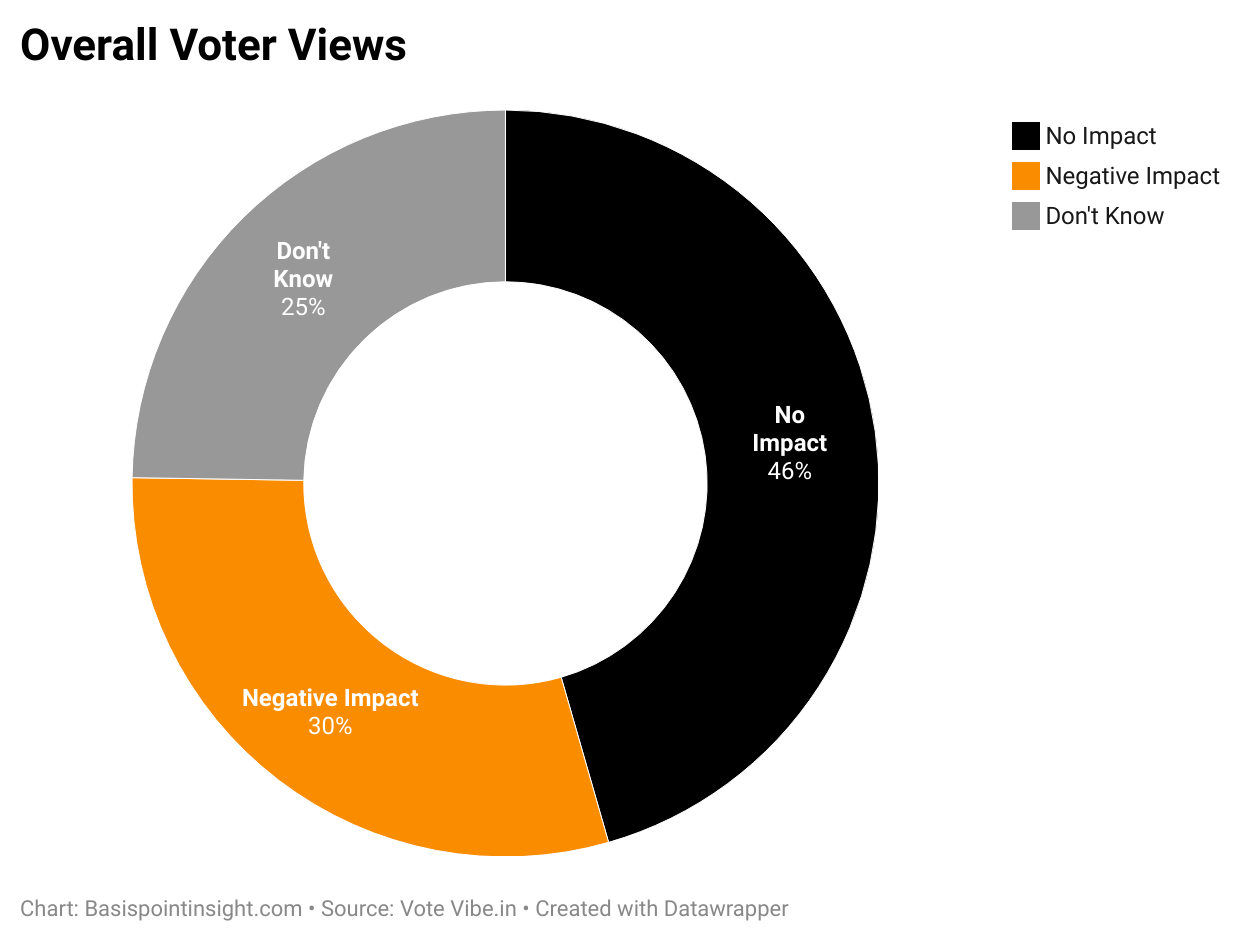
Overall: 46% said it would have no electoral impact. 30% believed it would hurt the RJD/MGB. 25% said Don’t know/Can’t say.
By Demographics:
Gender:


Women (31%) were slightly more likely than men (29%) to say the feud will negatively impact RJD/MGB.


Younger voters (18–24 years) were more uncertain as 30% chose “Don’t know/Can’t say.”


Yadav Voters (71%) dismissed the feud as irrelevant; rallying behind RJD despite the split.
By Region


47% voters in rural area feel it will not have any impact on elections
Interpretation
The family dispute within Lalu Prasad Yadav’s family is viewed as having no electoral impact by nearly half the respondents (45.8%). Interestingly, Yadav community members are the most optimistic about no electoral impact (70.6%), while Upper Caste Hindus are most pessimistic (46.6% expect negative impact)
2. Public Mood Towards Nitish Kumar’s NDA Government
Question asked: “What is the public mood towards the NDA government led by CM Nitish Kumar?”
What voters said:
- Overall: 49% expressed strong anti-incumbency, while 32% said they were in favour.
- 14% were neutral, and 5% undecided.
By demographics:
Gender

Women (50%) were even more anti-incumbent than men (48%).


- Young voters (25–34 years): A massive 59% were strongly against NDA, showing clear frustration.
- 55+ voters: More forgiving, with 46% in favour of NDA.
Caste divides run deep:

- Yadavs (76%) overwhelmingly opposed NDA.
- Upper caste Hindus (56%) strongly backed Nitish Kumar.
- Muslims (67%) were firmly anti-NDA.
- OBCs and EBCs were split, with around 40–45% leaning pro-incumbency.
By Region:

Interpretation:
The Nitish-led NDA government is staring at a wave of dissatisfaction, especially among youth and minorities. But the coalition’s survival depends on two pillars: upper caste Hindus and older voters, who still back Nitish in significant numbers. The split along caste lines remains stark, underscoring how deeply Bihar’s politics is anchored in identity.
3. The Issues That Matter Most
Question asked: “According to you, what is the biggest issue in the Bihar Assembly election?”
What voters said (overall):
- Unemployment & migration (38%) emerged as the single biggest issue
- Vote theft / Vote Chori (16%) came second, reflecting concerns about electoral fairness.
- Corruption & law and order (13%) was next, followed by price rise (7%).
- Education and health (8%), roads, electricity & water (4%), and prohibition (5%) featured lower on the list.
- 7% said Don’t know/Can’t say.
By demographics:
Age:
Youth (25–34 years): An overwhelming 47% prioritised unemployment & migration, showing how economic distress is shaping young Bihar’s politics.
Older voters (55+): More divided, with higher emphasis on corruption and governance issues.
By Caste:
Muslims: Stood out as 33% highlighted vote theft as their top concern, second only to unemployment.
Yadavs (48%) leaned most strongly towards unemployment & migration.
Upper caste Hindus (17%) placed greater weight on corruption/law and order compared to other communities.
By Location
Urban vs Rural: Both converged, with about 38% each citing unemployment as the main issue, but urban voters were slightly more vocal on education and services.
Interpretation:
Unemployment and migration emerge as the dominant concern (38.4%), particularly among Yadavs (48.2%) and the 25-34 age group (47.3%). Vote theft is a significant concern for Muslims (33.4%), highlighting electoral integrity issues. Women prioritise education and health services more than men (9.8% vs 5.6%)
4. The Jan Suraj Question
Question asked: “What role do you think Prashant Kishor’s Jan Suraj party will play in the Bihar elections?”
What voters said:
- Overall: A clear majority as 56% see Jan Suraj as a vote-cutter, not a winner.
- 16% believe it could emerge as a kingmaker in a hung assembly.
- 10% predict very poor performance.
- 8% think PK could even become CM (as he claims).
- Around 10% said Don’t know/Can’t say.
By Demographics:
Age:


Young voters (18–24 years): More hopeful, with 14% saying PK could become CM; higher than any other group.
Older voters (55+): Skeptical, 67% see Jan Suraj as just a vote-cutter.
Caste split:


Dalits (15%) and Paswan voters (11%) gave PK higher chances of winning or kingmaking.
Upper caste Hindus (23%) were most likely to see him as a potential kingmaker.
Yadavs (65%) dismissed him as a spoiler.
By Location

Urban voters (11%) are more inclined to see Jan Suraj as viable compared to rural voters (7%).
Interpretation:
For most people of Bihar, Prashant Kishor’s Jan Suraj is still a spoiler party; one that splits votes rather than capturing power. Yet, among the young, urban, and sections of Dalit and upper-caste voters, there’s a sliver of belief in Jan Suraj as a disruptor or even a kingmaker. This shows Kishor’s biggest challenge: transforming visibility into credibility.
4. Have Voters Already Decided?
Question asked: “Have you decided whom you will vote for in the Bihar elections?”
What voters said:
- Overall: 56% said they have already decided.
- *27% will decide after candidates are announced.
- 7% said they will wait until the last few days.
- 6% will decide on polling day itself.
- 4% said Don’t know/Can’t say.
By Gender


Women (57%) have already decided who they will vote for.
By demographics:
Age:


Young voters (18–24 years): Surprisingly decisive, with 64% already sure of their choice.
Older voters (55+): More cautious, only 47% certain, while 35% prefer to wait until after candidates are named.
Caste split:


Upper caste Hindus (67%) are the most decisive bloc, with firm loyalties.
Muslims (48%) and EBCs (45%) are more hesitant, with higher shares waiting for candidate announcements.
Location


Urban voters (67%) are far more certain than rural voters (52%), reflecting stronger party identification in cities.
Interpretation:
Most voters have decided their choice (56.3%), with urban voters more decisive than rural ones (66.9% vs 51.8%). Younger voters show more certainty, while older voters prefer to wait for candidate announcements. Upper Caste Hindus are most decisive (66.9%) suggesting stronger party loyalty, while Muslims show more uncertainty (47.6% decided).
Closing Thoughts
Bihar’s 2025 election is not just another battle between entrenched camps. The Vote Vibe survey makes it clear that while party loyalties remain strong in some pockets, the real story is playing out among restless voters who are weighing jobs, migration, corruption, and governance more heavily than ever before.
For the RJD-MGB, the Lalu family feud is more theatre than threat; their Yadav base is largely unmoved. For the NDA, Nitish Kumar’s government faces sharp anti-incumbency, particularly from youth and minorities, though upper castes and older voters remain a lifeline. For Jan Suraj, the road ahead is steep; yet the faint hope of disruption among younger and urban voters signals space for a third force.
But the loudest message comes from the voters themselves: unemployment and migration dominate Bihar’s political imagination. Almost four in ten voters named it their top issue, cutting across caste and community lines. Add to this a significant share of the electorate still undecided; waiting to see candidates or deciding only on polling day.
And now, with the Election Commission firing the starter’s pistol, Bihar’s political theatre is officially open. The MGB calls it a “festival of change,” the NDA dubs it the “festival of democracy,” and the Congress insists the orchestra wasn’t quite ready.
In 2025, Bihar will not be decided in the strongholds. It will be decided in the swing seats; by first-time voters searching for jobs, by undecided voters in rural belts, and by skeptical minorities. And with polling just weeks away, the state’s old certainties may find themselves up for recount.
